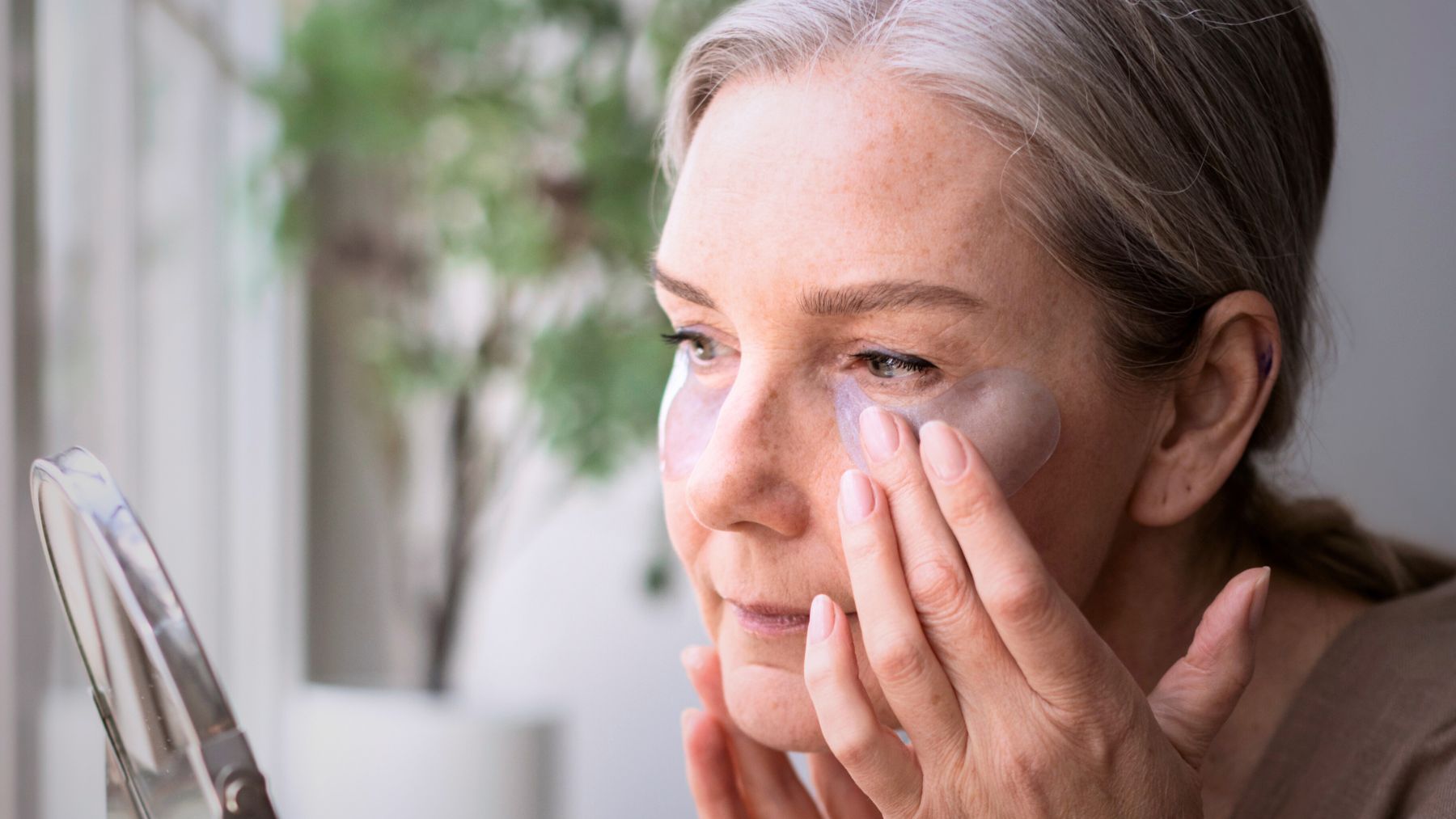Lately, an increasing number of people have been turning to retinol to maintain a radiant complexion well into their 50s and beyond. This powerful ingredient has earned its place as a skincare must-have because it boosts cell turnover and promotes collagen production.
Whether you’re noticing fine lines or simply want to maintain your skin, retinol can be your secret weapon. It’s a proven way to tackle wrinkles, age spots, and uneven skin tone. Here, we’ll break down what retinol is, how it benefits mature skin, and how to introduce it into your routine safely. Let’s get to it.
Retinol: A key ally for mature skin
Retinol is a type of Vitamin A that works wonders on aging skin. It speeds up cell turnover, which helps shed old skin and encourages new cells to take over. Here’s what it can do for your skin after 50:
- Reduces fine lines and wrinkles that can make you look older.
- Helps firm up skin by stimulating collagen, making it feel tighter.
- Evens out rough patches and softens the skin.
- Fades age spots and minimizes hyperpigmentation.
- Enhances brightness promoting a natural glow.
These benefits make retinol a trusted choice for anyone looking to maintain a youthful complexion, even if you have sensitive or dry skin. Many skincare experts recommend starting with a gentle formula to see how your skin reacts.
Finding the right retinol: Concentrations and tips
Retinol products are available in different concentrations, and selecting the appropriate one for you can help you achieve the best results. These are some tips to help you get started:
- Start low: Begin with a low concentration (around 0.01% to 0.03%) to help your skin adjust without too much irritation.
- Increase gradually: Once your skin gets comfortable, move up to a moderate concentration (0.04% to 0.1%). This can offer more noticeable improvements.
- For experienced users only: If you’re already used to retinol and aim to tackle deeper wrinkles, products with up to 1% retinol might work but make sure to use them with care.
- Apply at night: Retinol can make your skin more sensitive to sunlight so it must always be used in your night routine.
- Use a pea-sized amount: A small dab is all you need for your entire face.
- Moisturize: Follow up with a gentle moisturizer to keep dryness at bay and soothe your skin.
- Don’t skip sunscreen: Always use a broad-spectrum sunscreen the following morning after application.
These simple steps can help you benefit from retinol while minimizing any side effects. Always pay attention to how your skin feels and adjust your routine if needed. Don’t forget to test the new product on your wrist before applying it to your face.
Retinol is a game-changer when it comes to skincare for mature skin. The trick is to start slow, be consistent, and always pair it with hydration and sun protection. And if you ever feel unsure or experience irritation, a local dermatologist can help tailor your routine to your needs.

